Smart thermostats have now become the trend for modern homes, as they ensure seamless interaction with modern-day heating systems deployed in the home. Do smart thermostats work with underfloor heating? Can you warm up your floors from an app on your phone?
Underfloor heating systems are compatible with smart thermostats as long as the installation requirements are met. Smart thermostats present the opportunity to control the underfloor heating system remotely. It also ensures even distribution of heat across the property, by ensuring the zones in the property are well heated.
The features and level of functionality presented by the smart thermostats are far greater than that of generic or classical thermostats which makes them a must-have for underfloor fittings.
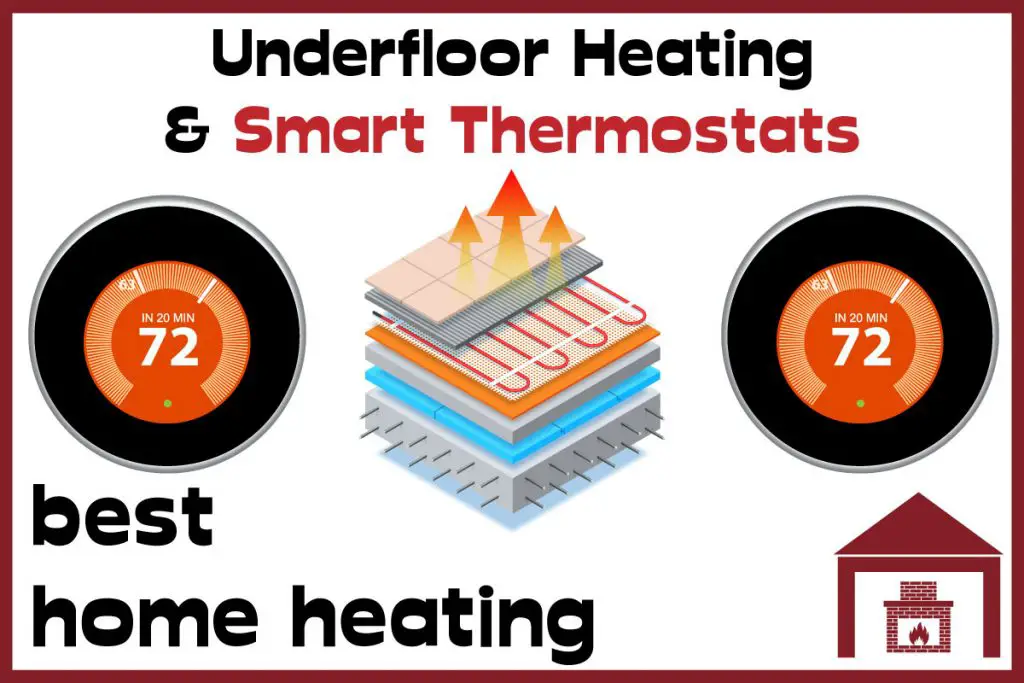
Does Underfloor Heating work with a Smart Thermostat?
What is a smart thermostat and how do they work?
Digital thermostats control the circuit using a thermometer that shuts down the boiler when the desired temperature is reached. Smart thermostats allow you remote control. In addition to a wired connection to your boiler, smart thermostats also connect to your home’s Wi-Fi network. You don’t need to buy a new boiler with embedded Wi-Fi to make your old boiler part of the smart home.
The boiler needs to be compatible with the smart thermostat, however. Your thermostat receives instructions from your Wi-Fi router. Smart thermostats automatically adjust the temperature and send a signal to your boiler to turn it on or off according to the set temperature.
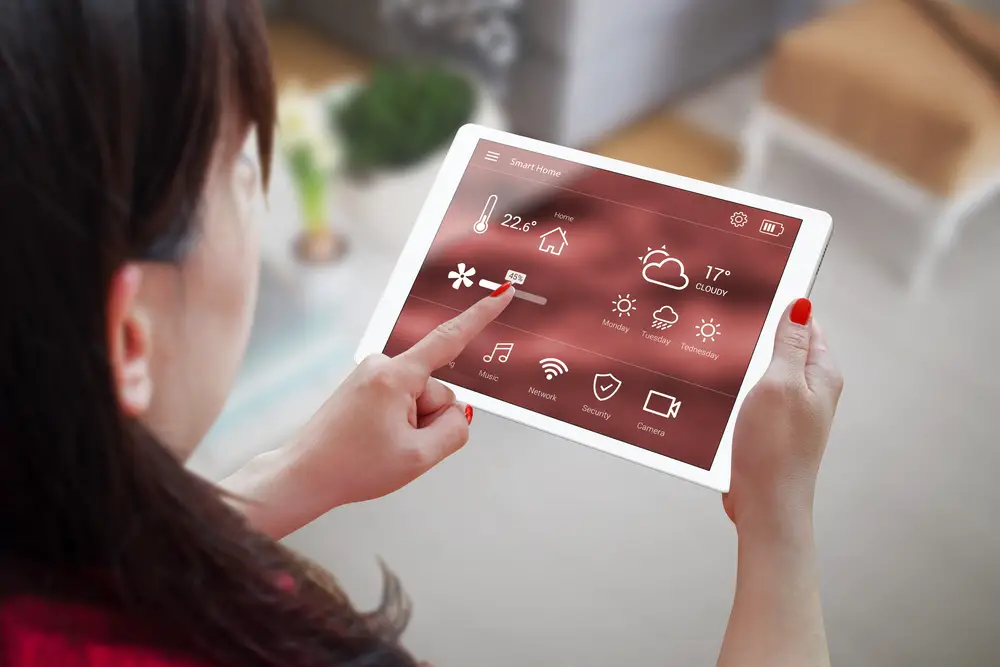
Smart thermostats for underfloor heating
With smart thermostats, a property’s underfloor heating system and hot water can be controlled at any time and anywhere via an Android or Apple smartphone or tablet. They eliminate the need for direct interaction with time clocks or thermostats. Typically, a phone app controls the temperature settings for any room equipped with a thermostat via a few quick screen taps.
The manifold-based system is used when there are multiple zones in underfloor heating. Each zone requires its thermostat and heat link. In addition, an underfloor heating junction box is still required and is a good practice since it allows future thermostat replacements to be easily made.
Pros of using a smart thermostat
The advantages of using a smart thermostat with underfloor heating are as follows:
- Energy Saving: Smart thermostats have been observed to save households between 130$ to 150$ yearly. These smart thermostats end up paying for themselves in the long run. They are designed to encourage energy-saving habits, such as switching off when no one is around, reducing the heating output according to the number of people in the room, and so on.
- Features: Smart thermostats present a wide range of features compared to generic thermostats. Some of these features include; adjusting the temperature according to the weather, remote operation of the system while away from home, offsite alerts.
- Easy to use: These systems have user-friendly interfaces that are easy to use, control, and understand.
Cons of using a smart thermostat
Regardless of the advantages of smart thermostats, they also have underlying disadvantages:
- Installation could be difficult: For a regular person, installation could be a hassle, as certain thermostats require a C-wire which certain old houses do not have. The technician would have to install a C-wire adapter, or include a C-wire from the junction box for the whole house.
- Incompatibility issues: Before buying a smart thermostat, one would have to check for their operating voltages. Most smart thermostats have an operating voltage of 20-30v, which would make them incompatible with homes that have a 110 or 220v source voltage.
- Expensive: Smart thermostats are quite expensive, with a high cost of installation. In cases whereby one may need to buy more than one, it could be an uphill task. Although they eventually pay for themselves in the long run.
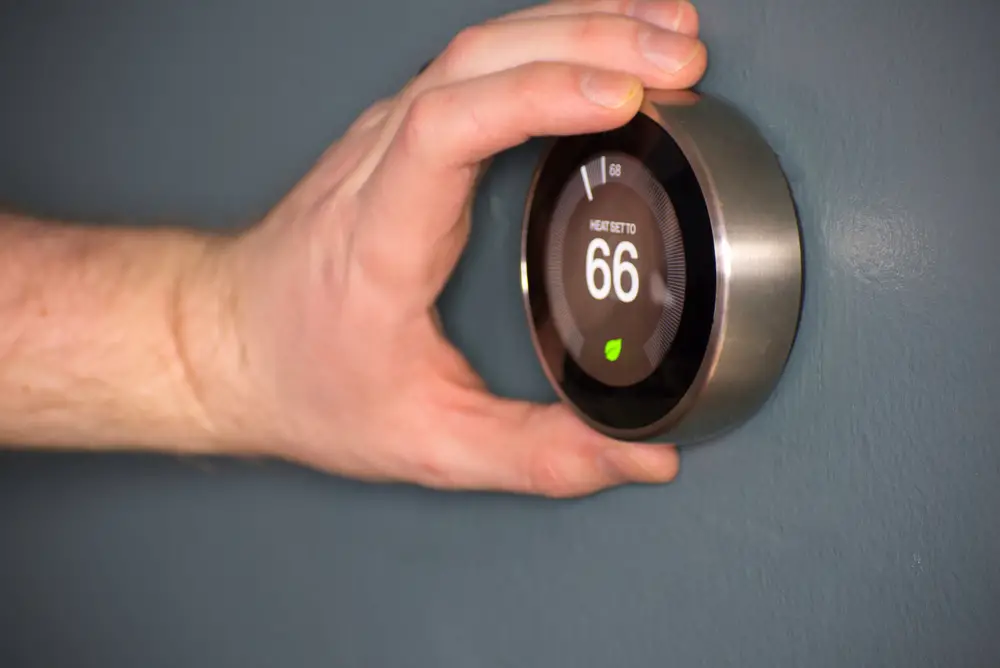
Can both water and electric underfloor heating systems be controlled by a Smart Thermostat?
How does a smart thermostat work with water underfloor heating?
As a general rule, hydronic underfloor heating systems are hooked into your hot water-based central heating system as usual, so it’s just one part of your larger heating system. When there are multiple zones in UFH, the manifold-based system is used. A smart thermostat and heat link are required for each zone. Smart thermostats are connected to a junction box which then is connected to the heating links.
How does a smart thermostat control an electric underfloor heating system?
Thermostats can communicate with electric underfloor heating systems using a Heat Link. Having a dual-fuel or multi-zone heating system will likely require multiple thermostats. A Contactor or Power relay will be required for Heat link installation on an electric underfloor heating system.
Please note that wet rooms and bathing areas are not suitable for this setup, as smart thermostats like Nest are not suitable for rooms with high humidity levels. A floor probe is usually required for wet areas. No external probe is available for Nest Thermostat.
How much does a Smart Thermostat cost?
When comparing smart thermostats, price is sure to be a deciding factor. Between the Nest Learning Thermostat and Hive Active Heating, there isn’t much difference. The cost of a Hive thermostat may end up being more than the average starting price. In addition to the price of the smart thermostat, there’s the cost of installation, which is $100 for the Nest and $90 for the Hive.
Based on a 12-month analysis of price trends, a good smart thermostat costs approximately $126. While on sale, these thermostats cost $92. The cheapest one is Honeywell home wife which can cost you something around $50. It also works with UFH but may require a professional for installation as compared to some models of google nest which you can install yourself.
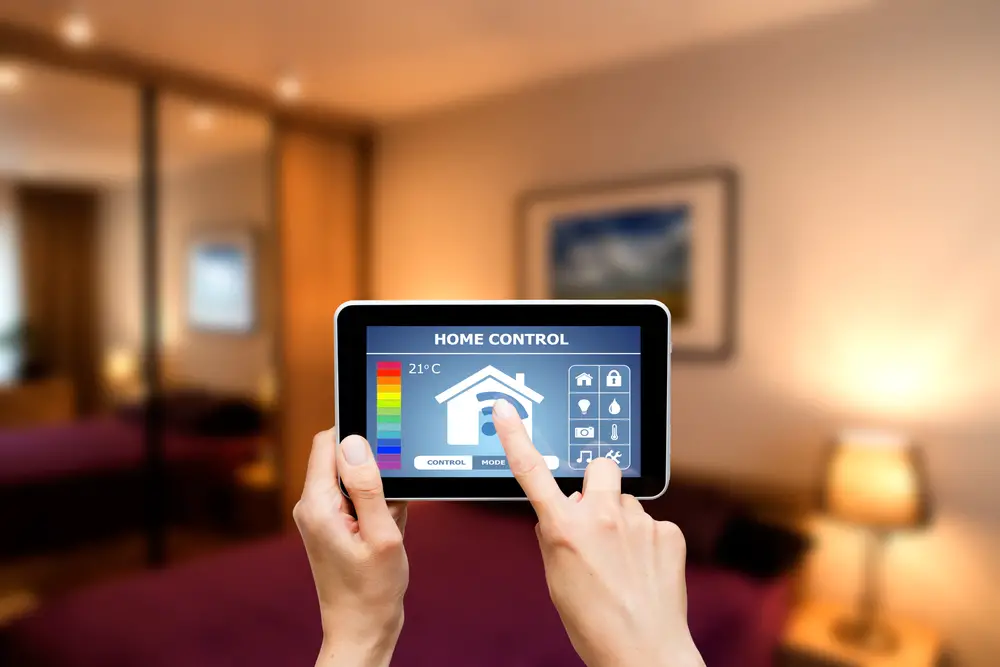
Are any smart thermostats incompatible with underfloor heating systems – and why?
The operational voltage of most thermostats could cause incompatibility as a result of the difference in voltages of your electric underfloor heating and your thermostat. The Nest Thermostat, for example, requires 20-30 volts, a higher voltage(110v or higher) would cause it not to function, thus the system may require a step-down transformer.
A smart thermostat uses very little power, and in many cases, it can be powered by your heating and cooling system’s wires. There are times, however, when you need to hook up a common wire (C wire) or a power cable to make your system work.
There are also online compatibility tools available by different manufacturers of smart thermostats which allows you to check whether your existing underfloor heating can be controlled with it or not. It is possible for some thermostat models to not work with electric underfloor heating, but they will work perfectly with water underfloor heating, based on the manufacturer’s design specification.
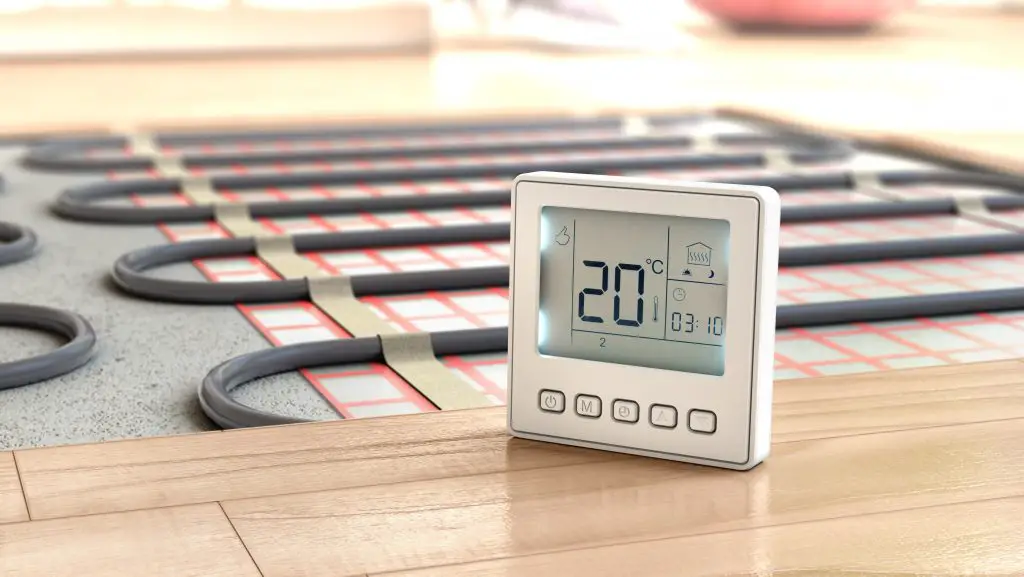
Incompatibilities with the heating system.
In general, both Next and hive can be used with most gas, oil, LPG, and electric boilers – but you should check with an installer to be sure. Nest Learning 3rd Generation Thermostats are the only thermostats that work with renewable heating systems like ground source heat pumps.
Do you need more than one smart thermostat for each heating system in your home?
You can also have a single smart thermostat if you have the same boiler supplying heat in the house and there are no multi zones(for example, large homes). One thermostat may control some or all of the functions of another thermostat in some zoned systems.
In cases where there are multi zones in the home, you may need to install another thermostat, to efficiently control the heating system, and ensure there is proper heat distribution across the home. Not all thermostats are capable of controlling multizone heating in homes, so it is necessary to confirm if the thermostat would be suitable for multizones before buying to prevent the extra cost of a thermostat.
Do I need a professional?
There’s a good chance that you can install a smart thermostat yourself if your house has this C-wire. Following the manufacturer’s instructions and taking the necessary precautions will enable you to set up your smart thermostat in no time at all. A smart thermostat should be installed by a professional if you do not have a C-wire installed.
Conclusion – Main Considerations connecting a smart thermostat to an underfloor heating system
With smart thermostats, a property’s underfloor heating system and hot water can be controlled at any time and anywhere via an Android or Apple smartphone or tablet. It is possible for some thermostat models to not work with electric underfloor heating but they will work perfectly with water underfloor heating.
Therefore, make sure the thermostat model is compatible. Depending on the wiring, there might be incompatibilities. Based on a 12-month analysis of price trends, a good smart thermostat costs approximately $126.
Lots more Underfloor Heating Information Here
- What Depth is Required for Underfloor Heating?
- Turning on Underfloor Heating for the First Time – How Long to Wait?
- Can you lay Vinyl flooring over underfloor heating?
- Do Tiles Crack With Underfloor Heating?
- Can You Heat a Whole House With Underfloor Heating?
- Can You Have Underfloor Heating Upstairs?
- Will Underfloor Heating Raise My Floor? – Underfloor Heating Layers Explained
- Can I put furniture on top of underfloor heating?
- How Do I Know If My Underfloor Heating is Leaking?
- Can You Combine Underfloor Heating With a Ground Source Heat Pump?
- Is Underfloor Heating Safe?
- Does Underfloor Heating Add Value to a Property?
- Can you have Wooden Floors with Underfloor Heating?
- Can Underfloor Heating Cause a Fire?
- What temperature should Underfloor Heating be set at?
- Can I Put a Rug Over Underfloor Heating?
- How Long Does it Take for Underfloor Heating to Warm Up?
- Why is my Underfloor Heating Noisy?
- Why is my Underfloor Heating Patchy?
- How do I know if My Underfloor Heating is Working? – Common Problems & Fixes
- What can go wrong with underfloor heating?
- Can you Combine Underfloor Heating with an Air Source Heat Pump?
- Do you keep underfloor heating on all the time?
- Does Underfloor Heating work with Smart Thermostats?
- Kitchen Underfloor Heating – Should Underfloor Heating go Under Kitchen Units?
- How much energy does Underfloor Heating use?
- Underfloor Heating in Summer and Winter
- Lifespan of Underfloor Heating
